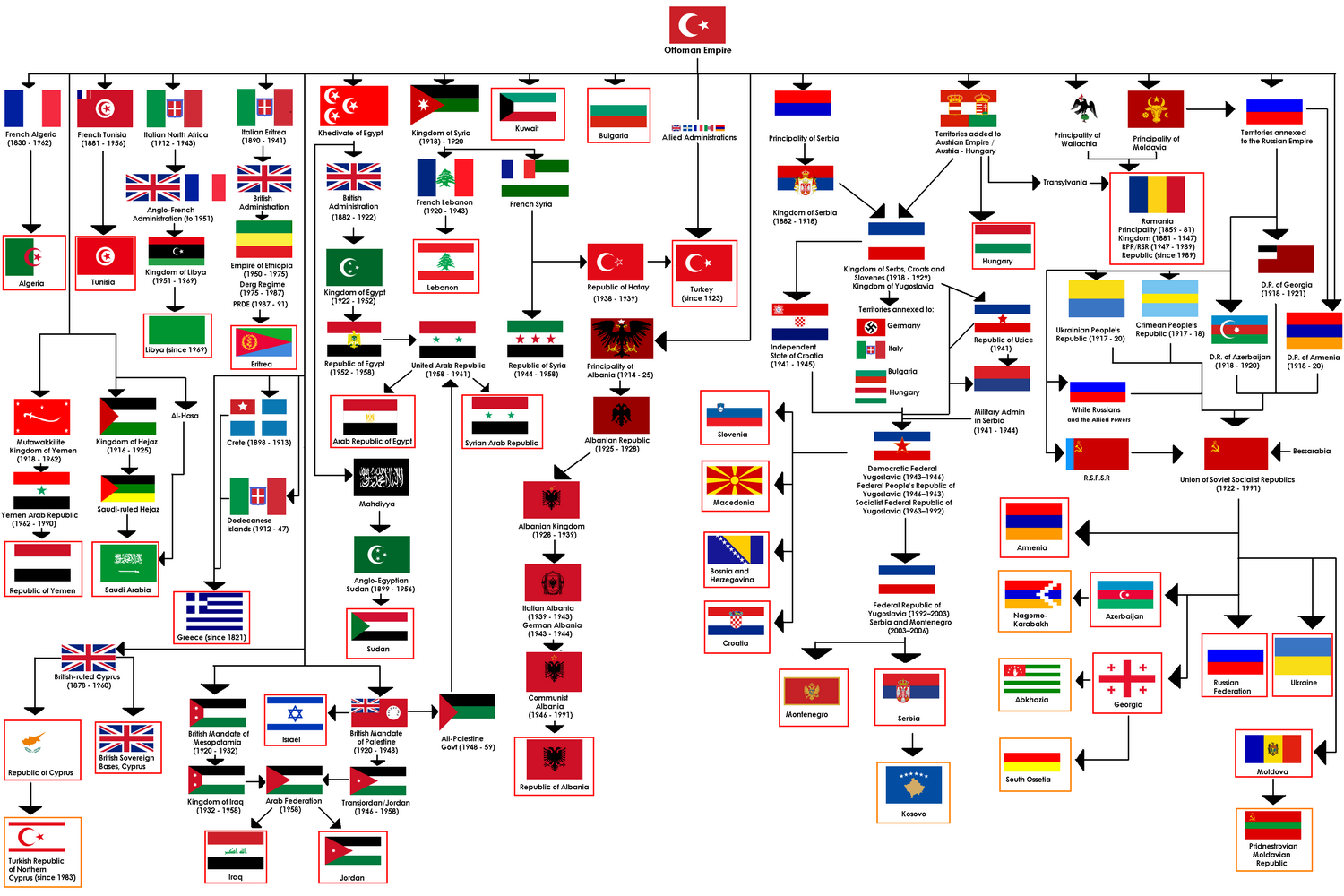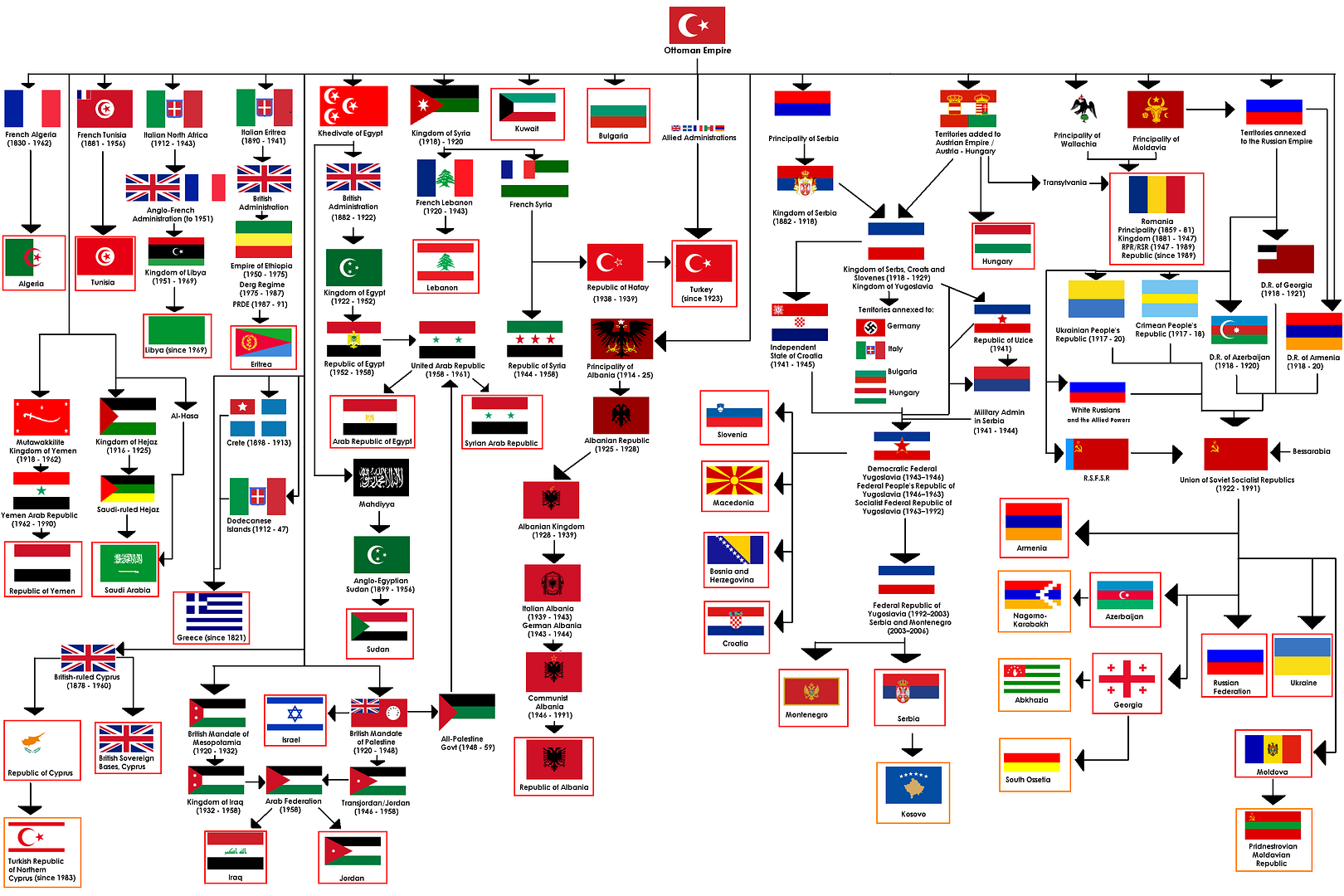aronnax
Let your spirit be free
I have always been obsessed with sucessor states. What comes first, what goes next and so on. So I decided to organise the information, extracted from Wiki, in a flow chart form. The reason for this thread? Proof read please, and tell me of any errors and improvements. Secondly, to show off my waste of time. Its a work in progress btw. If you are also bored like me and have a lot of spare time, create your own flow chart, it will be a CFC project. Mapping our History
I'm planning to do the flow chart history of existing countries, so please don't obsess with me if your favourite tiny little Soviet of Drunkofherassistan isn't included.
Nations history's which are partly or fully completed
Germany, Austria, Poland, Hungary, UK, Ireland, Estonia, Latvia, Lithuania
Note: I don't include short-lived states of less than 1 year unless they are transitory states.
1-Poland-Germany-Austria-Hungary Chart
2-Germany Chart
3-Estonia-Lithuania-Latvia Chart
4-UK-Ireland Chart
5-Wales Chart
6-Italy-San Marino-Vatican City Chart
Tailesskangaroo's Ottoman Succesion Chart
I'm planning to do the flow chart history of existing countries, so please don't obsess with me if your favourite tiny little Soviet of Drunkofherassistan isn't included.
Nations history's which are partly or fully completed
Germany, Austria, Poland, Hungary, UK, Ireland, Estonia, Latvia, Lithuania
Note: I don't include short-lived states of less than 1 year unless they are transitory states.
1-Poland-Germany-Austria-Hungary Chart
2-Germany Chart
3-Estonia-Lithuania-Latvia Chart
4-UK-Ireland Chart
5-Wales Chart
6-Italy-San Marino-Vatican City Chart
Tailesskangaroo's Ottoman Succesion Chart










 Yeah, that one has some pretty big holes.
Yeah, that one has some pretty big holes. . Hmm Web-base... may do that after I finish all the European Countries.
. Hmm Web-base... may do that after I finish all the European Countries. 
